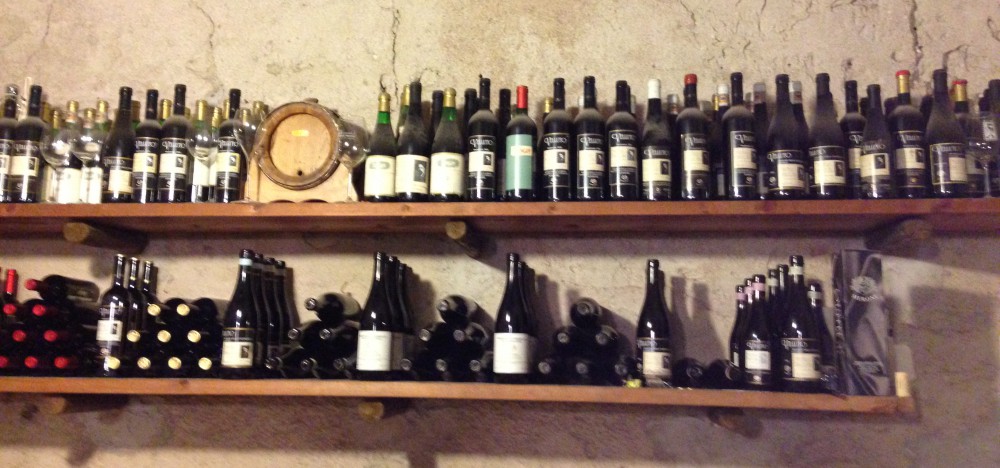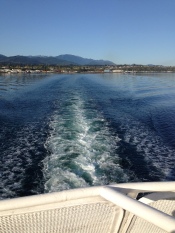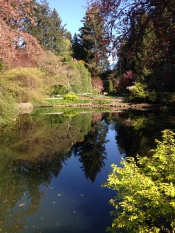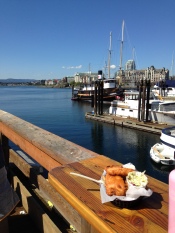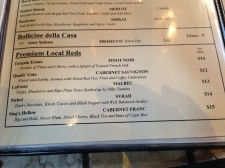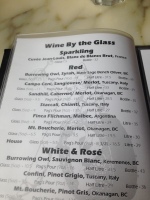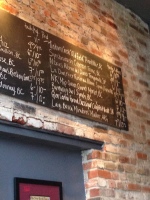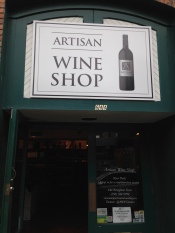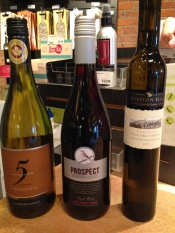Hello Wine Lovers,
Merlot: smooth and silky, lush, versatile, good for blending, yet can stand on its own; perhaps these are the characteristics that have propelled merlot to the third most planted varietal in the world.
Merlot, a diminutive of “merle” (the French name for blackbird), is an early ripening varietal which allows flexibility to vineyard managers and winemakers to manage harvest workload when grown with later ripening varietals such as cabernet sauvignon. Blended with cabernet sauvignon, cabernet franc, malbec and petit verdot, merlot is a critical part of the recognized and widely replicated Bordeaux blend. Traditional Bordeaux blends favor early harvested merlot for its acidity, lending to long-lived wines, with moderate alcohol and flavors of raspberries and strawberries.
Merlot is believed to have originated on an island in the Garonne River as an offspring of cabernet franc. It is a sibling to carmenere, malbec and cabernet sauvignon. Perhaps this is why they blend so well together.
Merlot first shows up in records in 1784 under a synonym of merlau and in 1824 in an article on Medoc wine. In the 1850’s merlot began its expansion to areas outside Bordeaux, including Italy, Switzerland and beyond.
While merlot is the third most grown varietal, it does favor certain growing conditions in order to produce the wine favored by so many. Where the vines are grown is an important factor in determining the nutrients absorbed and, importantly, the stress level needed to encourage production of berries rather than leaves and vines. The best soil provides nutrients and regulates water throughout the growing season to produce berries with good skin to juice ratio and concentrated flavors. Merlot favors clay based soil.
While France is the original home and one of the largest producers of merlot, the assessment focus’ on merlots of “international style”. International style merlots, in general, are allowed to ripen longer producing full body, higher-in-alcohol, lush wines showing plum and redberry.
Notable growing areas for merlot include Washington, California and Argentina and Chili. Wines from these areas range from table wines to those of exceptional quality and can be found at a full range of price points.
Ms. Jancis Robinson notes that California’s climate drives growers to look for “full ‘physiological’ ripeness”. She defines this as grapes that have begun to shrivel on brown woody stocks and identifies them as used for production of the finest California merlots. Ms. Robinson also notes that “Chilean merlot is rarely as alcoholic and ‘thick’ as…California [merlot], but…often has…[an]…appetizing aroma”.
Merlot’s mild tannins, smooth mouth-feel, and medium body lend to its ability to pair with many dishes. Suggested pairings are highlighted in the assessment. For a detailed pairing guide, Ms. Fiona Becket recently published “Which Foods Match Best With Merlot”. The link to the article is included in the references. In this article, Ms. Becket provides a great reference for pairing based on the quality and body style of the merlot.
Mike
Assessment
|
2013 Tilia MerlotMendoza, Argentina |
2013 Cousino Macul MerlotCentral Valley, Chili |
2012 Educated Guess Merlot,Napa, California |
| Appearance (color) |
Clear, purple with ruby rim. |
Clear, ruby with pink rim. |
Clear, purple with ruby rim. |
| Nose |
Clean, mild red fruit showing notes of cherry and plum. |
Clean, aroma of raspberries and cherries; earthiness with plum and vegetal notes. |
Clean with ripe red berries and plum. |
| Taste |
Medium tannin and body, youthful tightness offering plum and hints of prune. |
Medium tannin with medium light body, nice smooth finish with mild red fruit flavor, high in acid with vegetal notes. |
Medium tannin and body, medium acidity with hint of vanilla, long finish and a touch of cocoa. |
| Conclusion |
Nice wine that will pair well with red sauce based dishes, roasted vegetables and red berry fruit salads and desserts. |
Great picnic wine, lovely to drink or pair with roast turkey, hard cheeses or cheeseburgers. |
Likely to lay down well (5-10 years) and drinkable now; would pair well with roasted red meat, grilled chicken and pizza. |
| Discovery Wines Price |
$9.00 |
$11.00 |
$20.00 |
Featured wines are available while supplies last, if these are not available, we will work with you to find like wines for your drinking pleasure.
References:
http://en.wikipedia.org/wiki/Merlot
http://www.thewinecellarinsider.com/wine-topics/dirty-little-secret-soil-terroir-bordeaux/
http://www.jancisrobinson.com/learn/grape-varieties/red/merlot
http://www.matchingfoodandwine.com/news/pairings/20080226/
